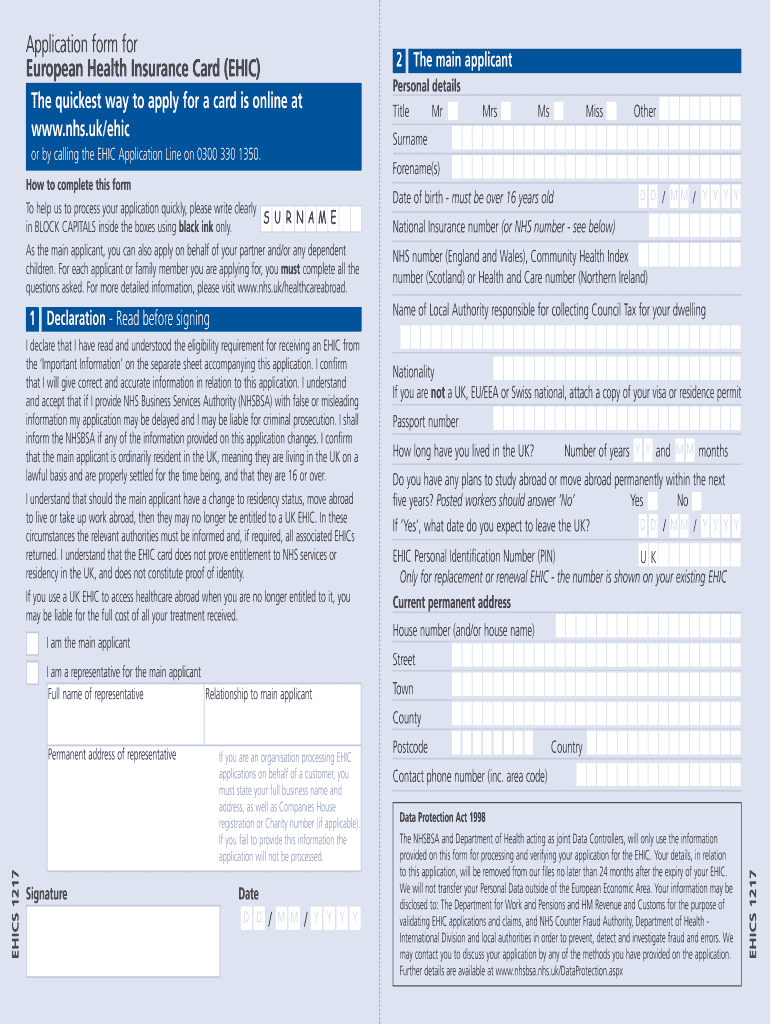
Many employers consider health insurance a crucial part of their compensation package. These benefits have been steadily rising in cost for the past ten years. The reasons include increasing deductibles, rising prescription drug prices and high health system prices. These trends are driving both the rise in premiums as well as depressing wages. Employers are becoming frustrated with the rising costs and administrative burdens. Some are looking for non-wage alternatives.
Employers are increasingly using wearable devices for wellness programs. A survey showed that nearly half of all employers store data about employees' wearable devices. While price increases are still the primary driver of health insurance, more employers are exploring new payment options to keep employees healthy.
The Congressional Budget Office predicts that in the next ten-years, the number Americans who receive health coverage through employer-sponsored programs will remain at the current 159 million. The tax-favored alternative to health insurance is still available. However, the cost of single coverage in 2019 will be higher than 9.86% of household's income.

Premiums do not include the cost associated with health insurance. They also include the cost of deductibles. A quarter of American workers have a minimum $2000 deductible. Many companies opt for self-insured plans to lower the cost of their benefits. Self-insured plans can be a cost-saving option if there are few claims. However, if the claim is higher than expected, the employer has to pay extra.
The age mix of employees determines the rates for small groups. For example, in Massachusetts, workers under age 25 pay an average of $1186 per year, while those over the age of 25 pay about $6,896.
Employers with larger budgets have greater control over the coverage of their employees' plans. Most large employers offer a biometric screen to their employees. They also provide a wellness program for employees and encourage them to go to lower-cost providers. The public sector also has the ability to tailor health care plans for employees.
Employers with 51-100 employees will be able to join a merged market for health insurance in 2016 under the Affordable Care Act. These employers can expect premiums to rise by as much as 9 percent. It also requires states to set rate annually. Every year, those who don’t offer affordable plans will be subject to a $3480 penalty.

Some small employers may need to make additional contributions in order to subsidize their employees' health insurance. Massachusetts is an example of a state where employers are required to contribute $50 per employee annually.
Despite these requirements the number of companies offering health insurance is continuing to decline. Many small employers are unhappy with the high cost of benefits after a decade of rapid growth. Even though the cost of health insurance is not rising for most employers many are still having difficulty keeping employees.
As unemployment remains low, so is the difficulty in keeping employees. Employers face this issue. Employers can be fined $2,320 per person if they fail to offer health insurance. In addition to the fines, COBRA is a law that requires employers and employees to provide continuous health care.